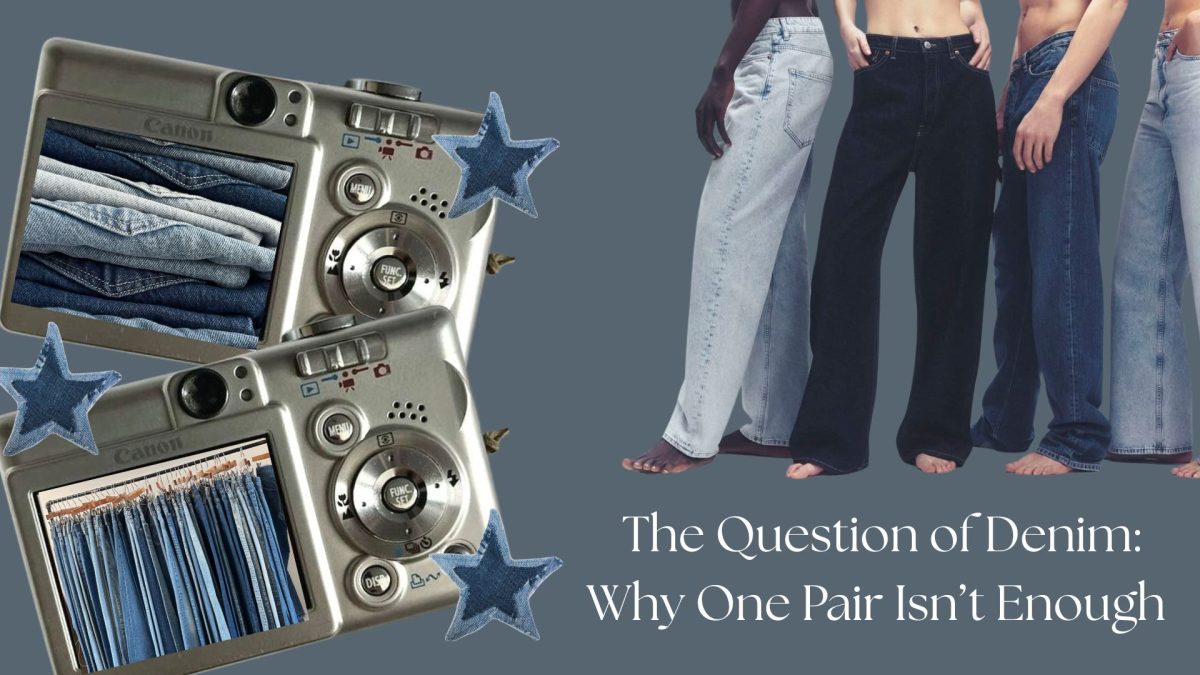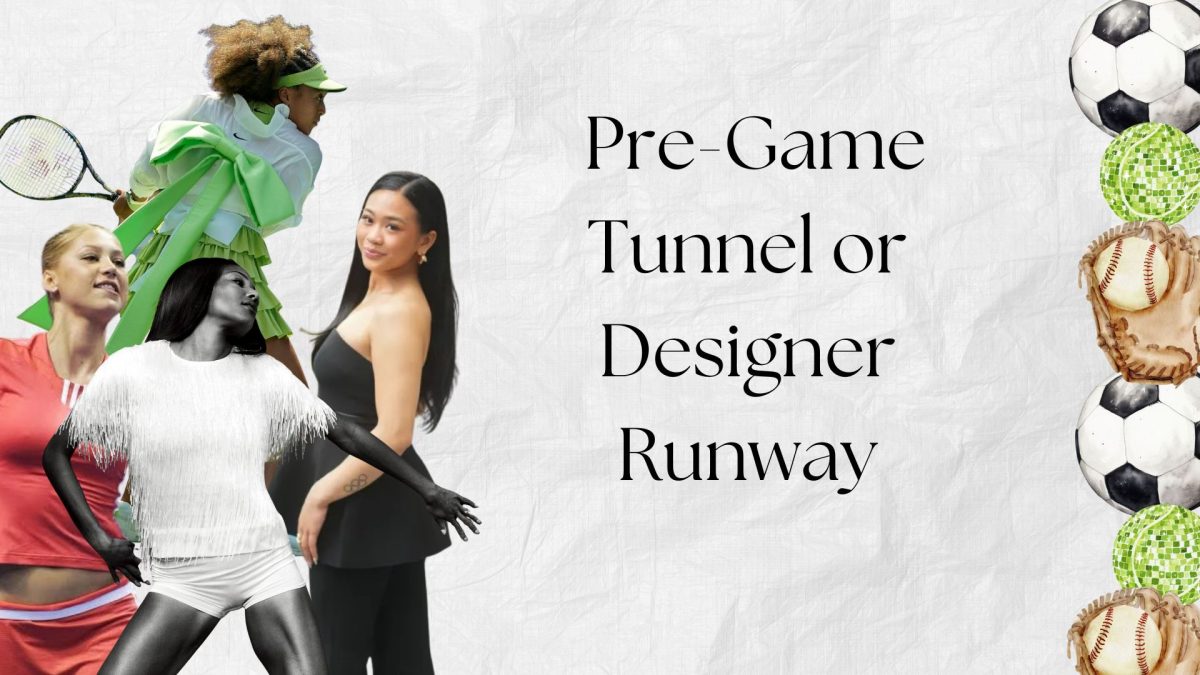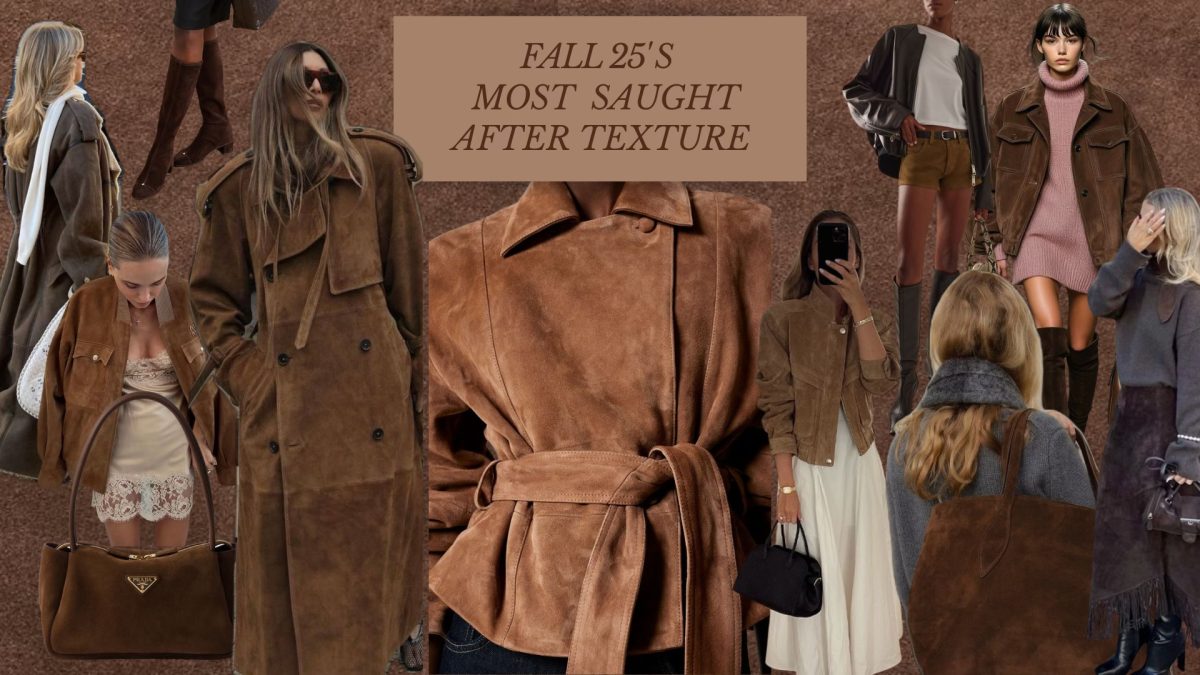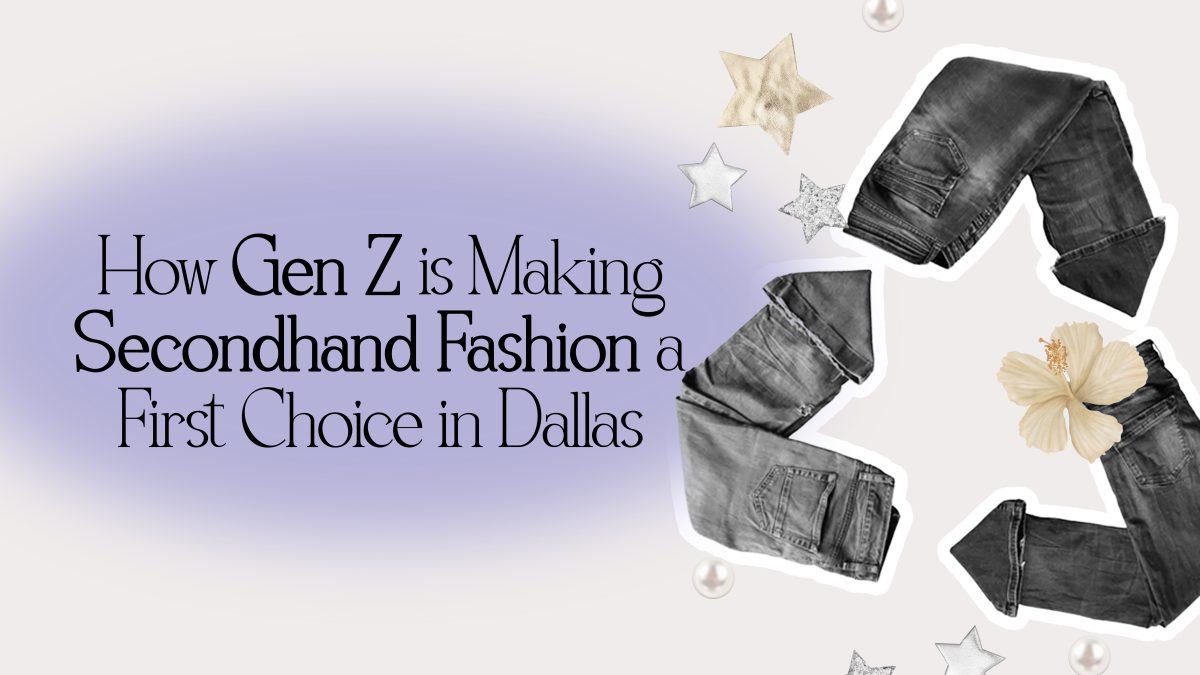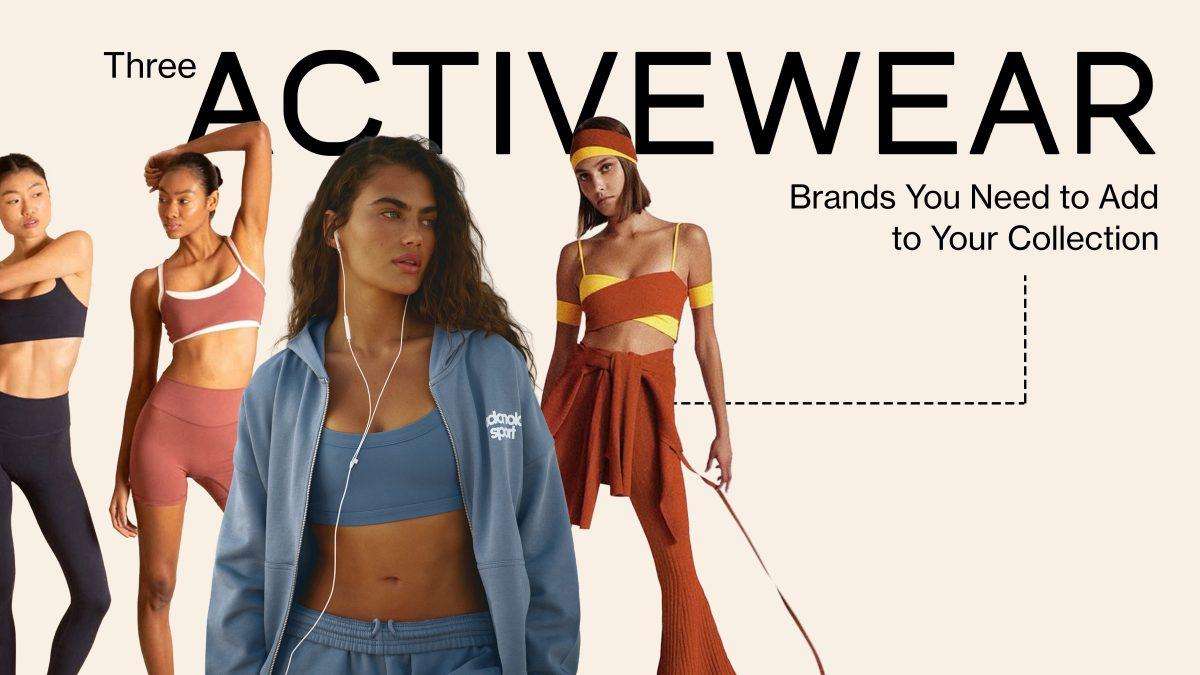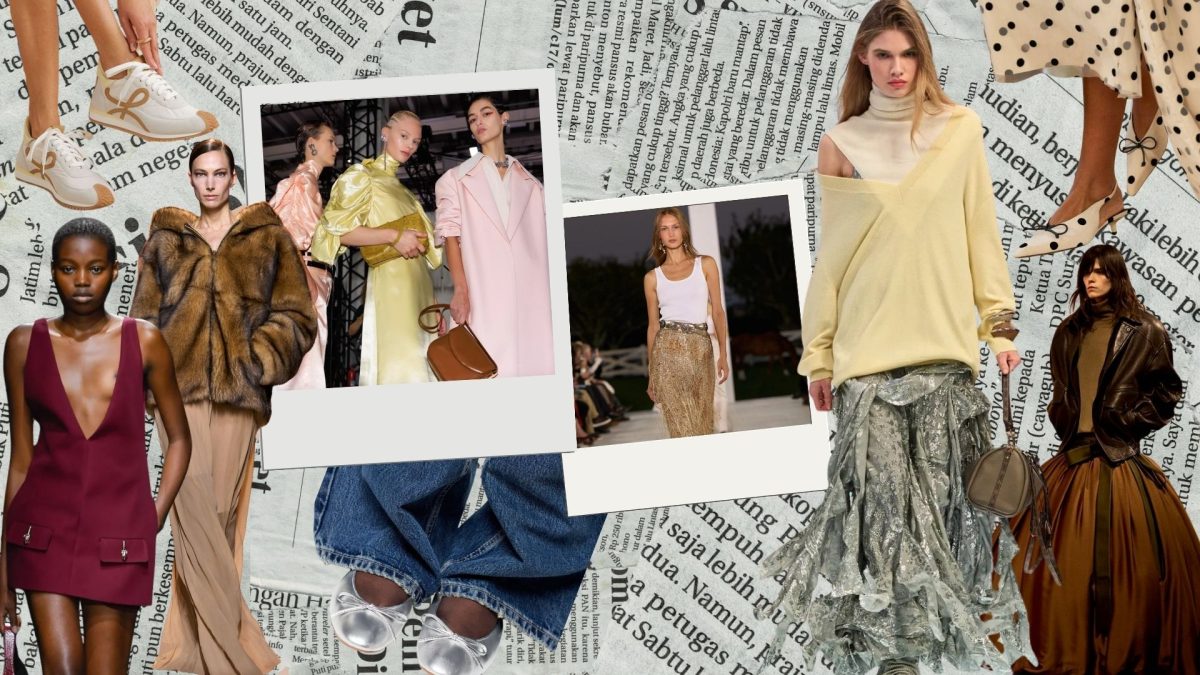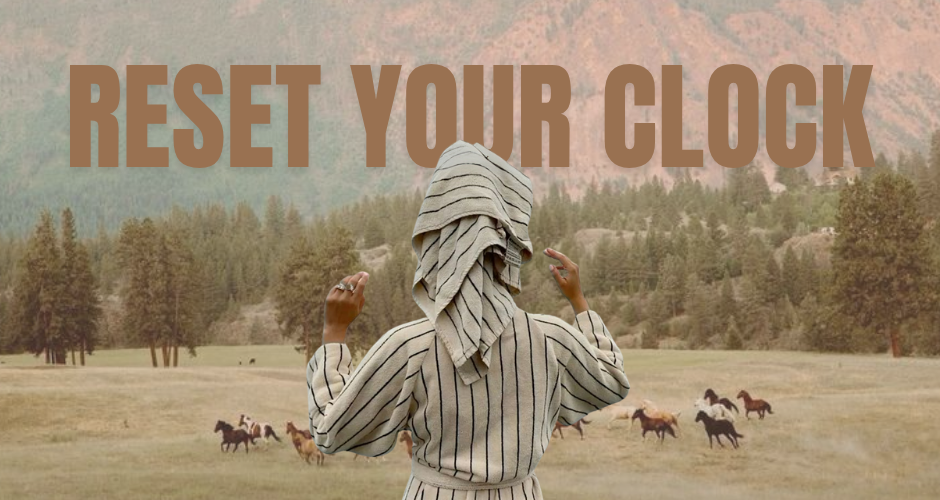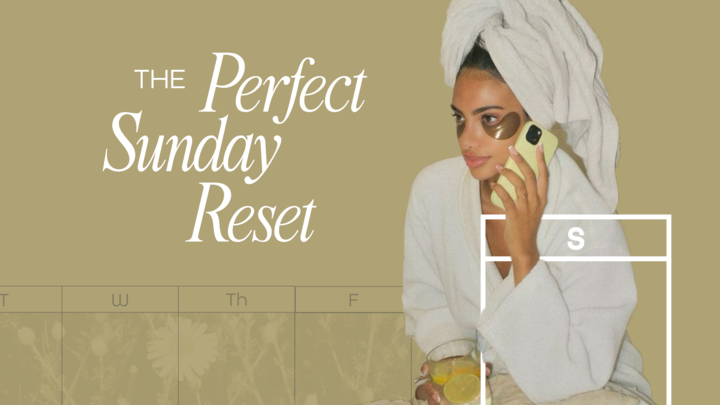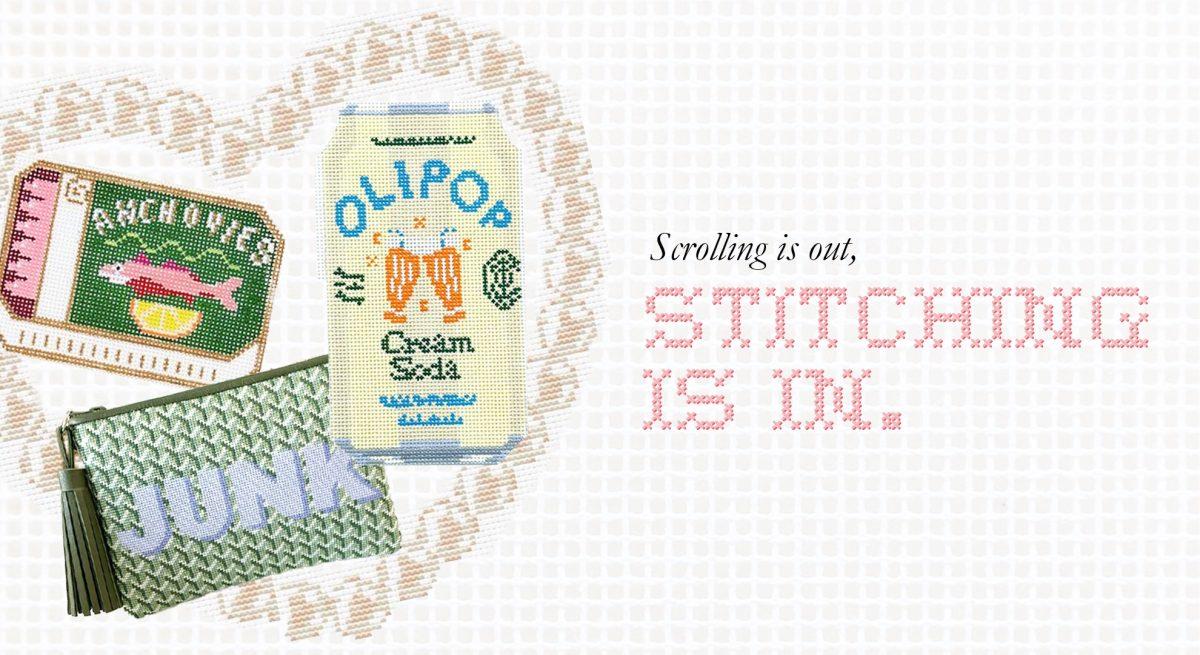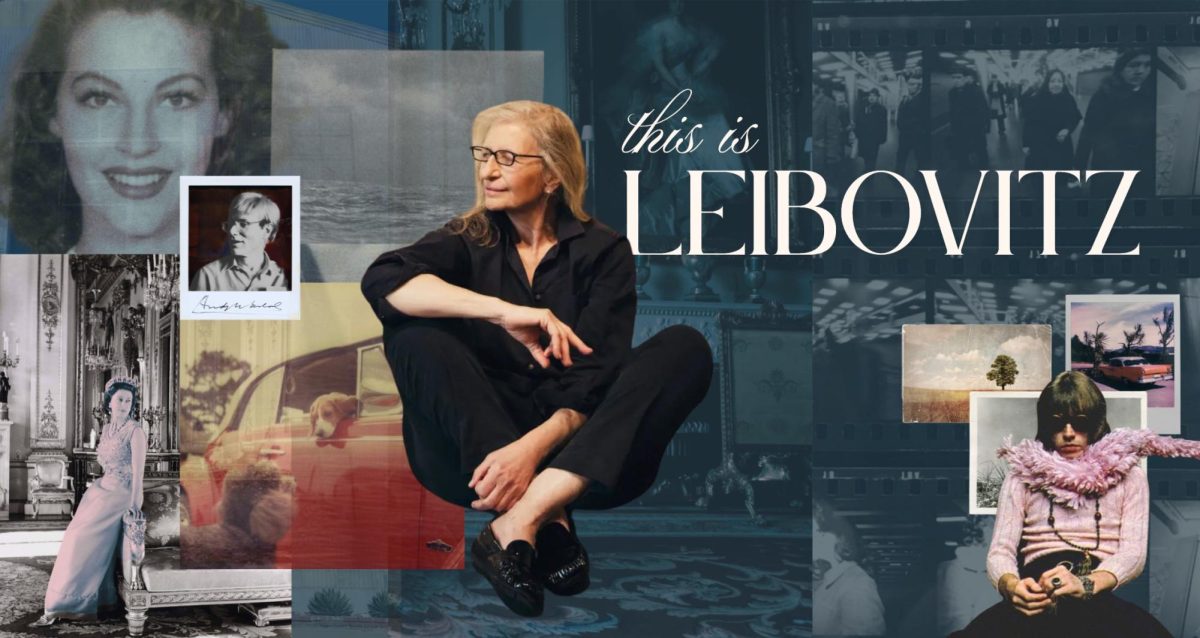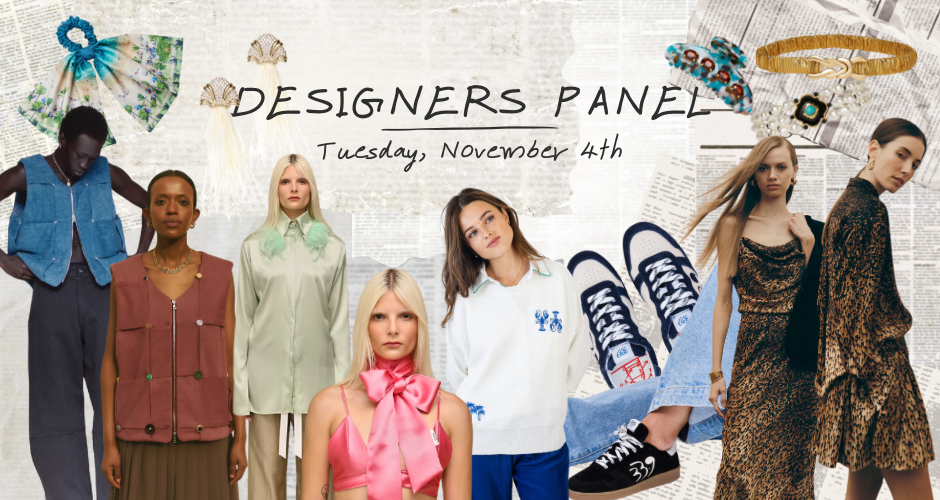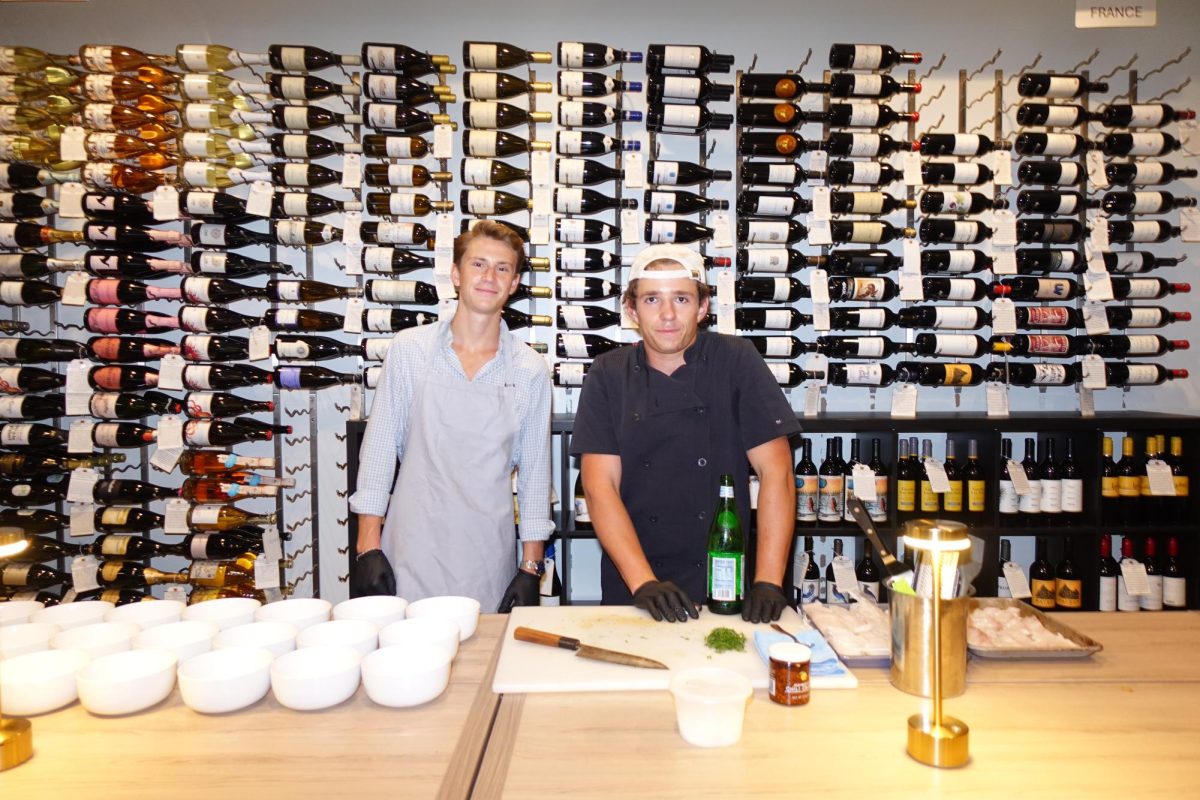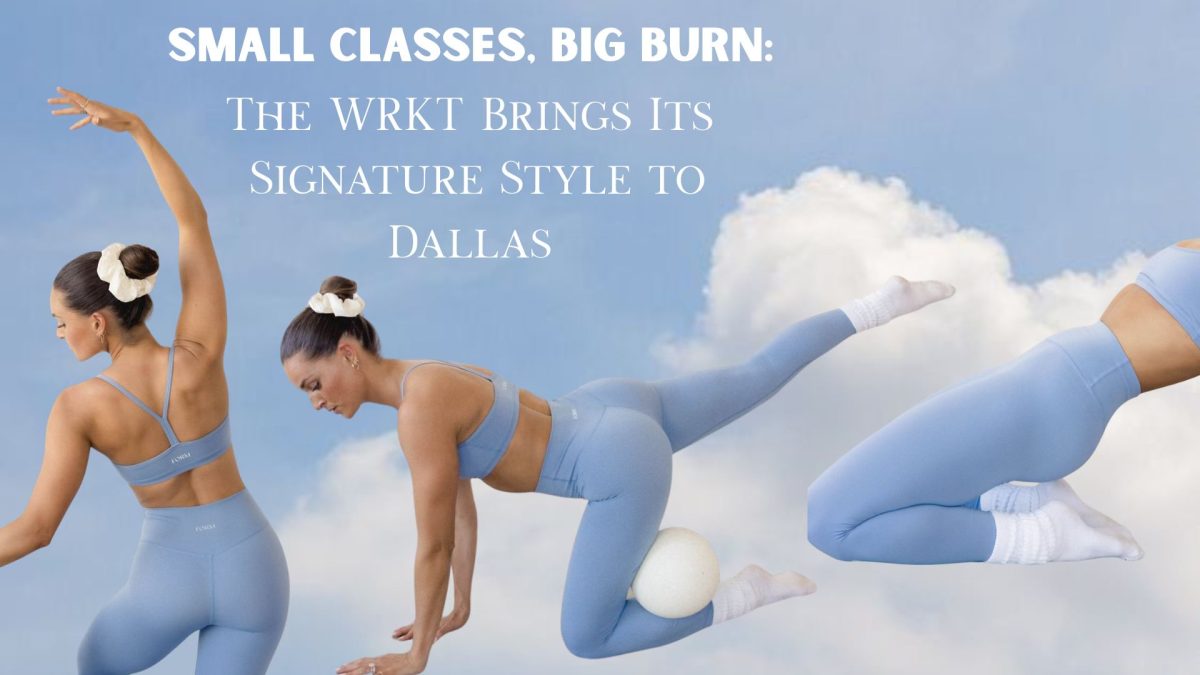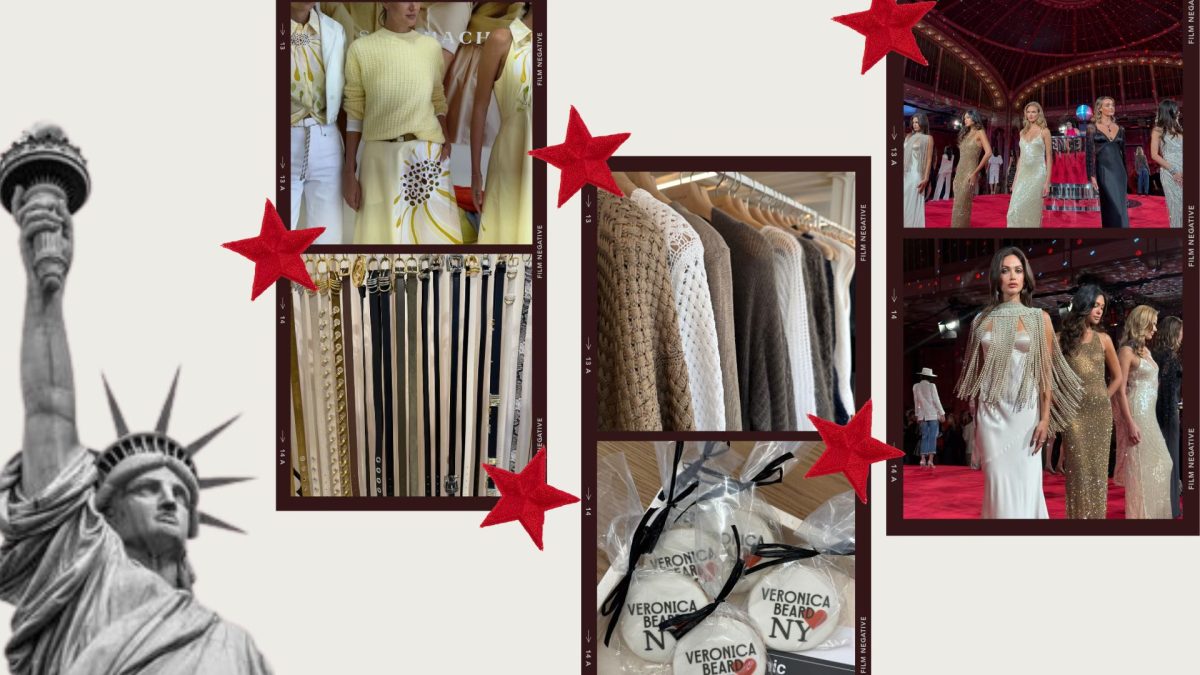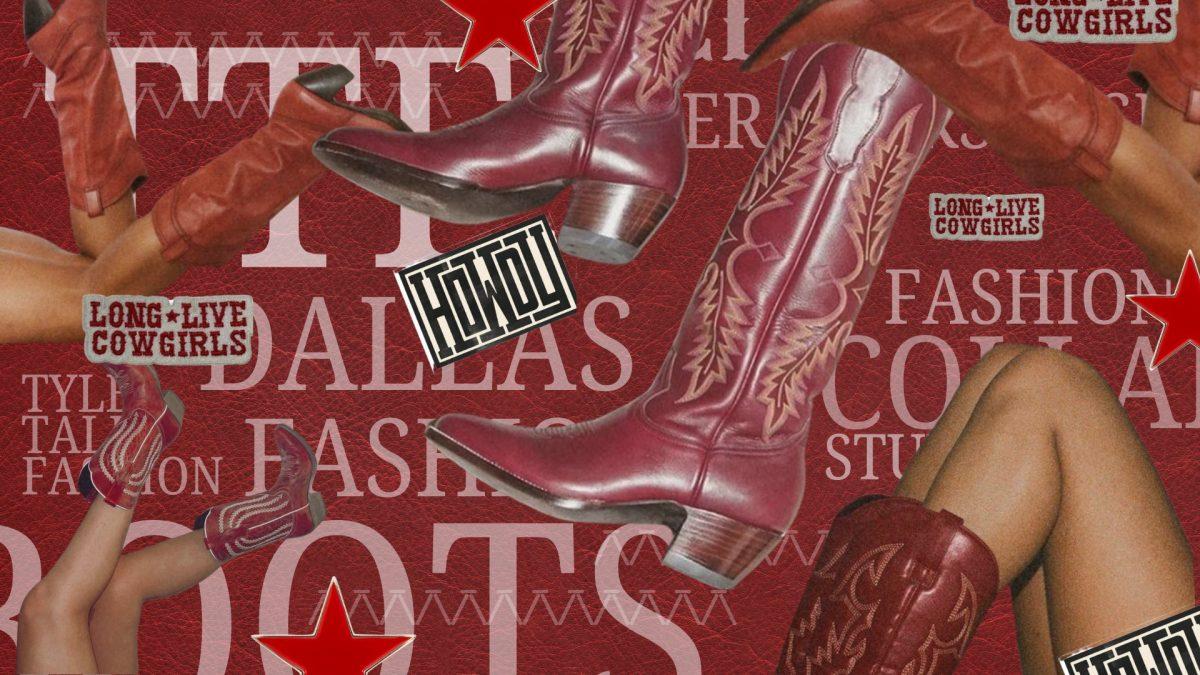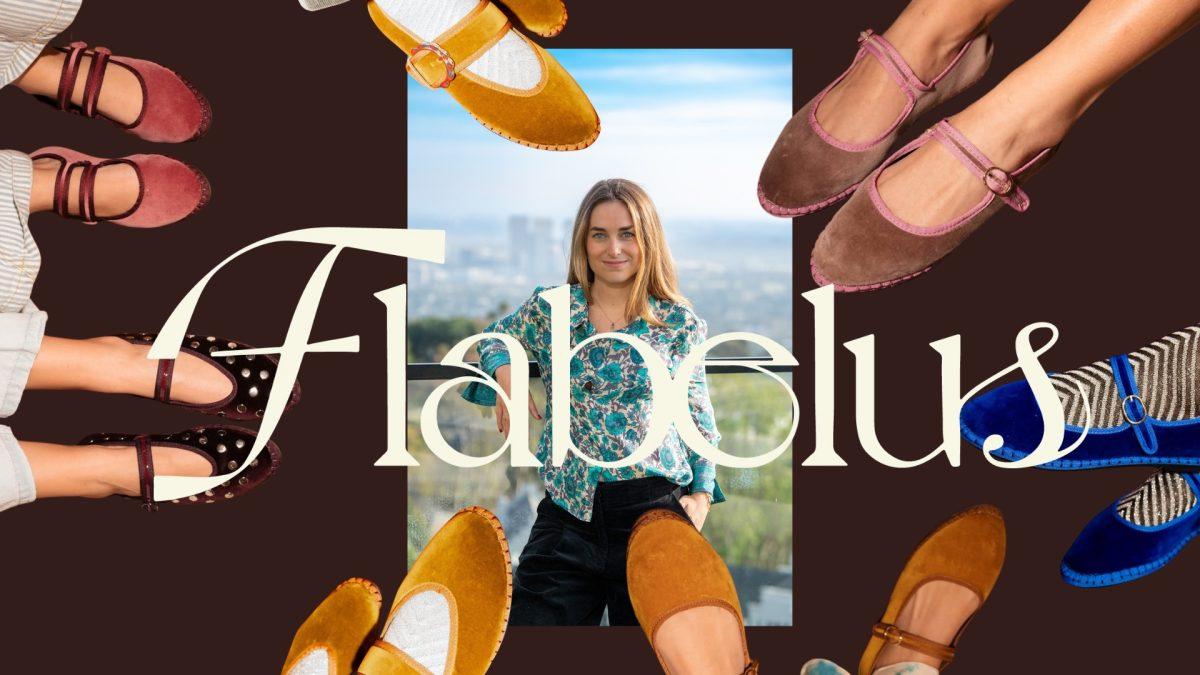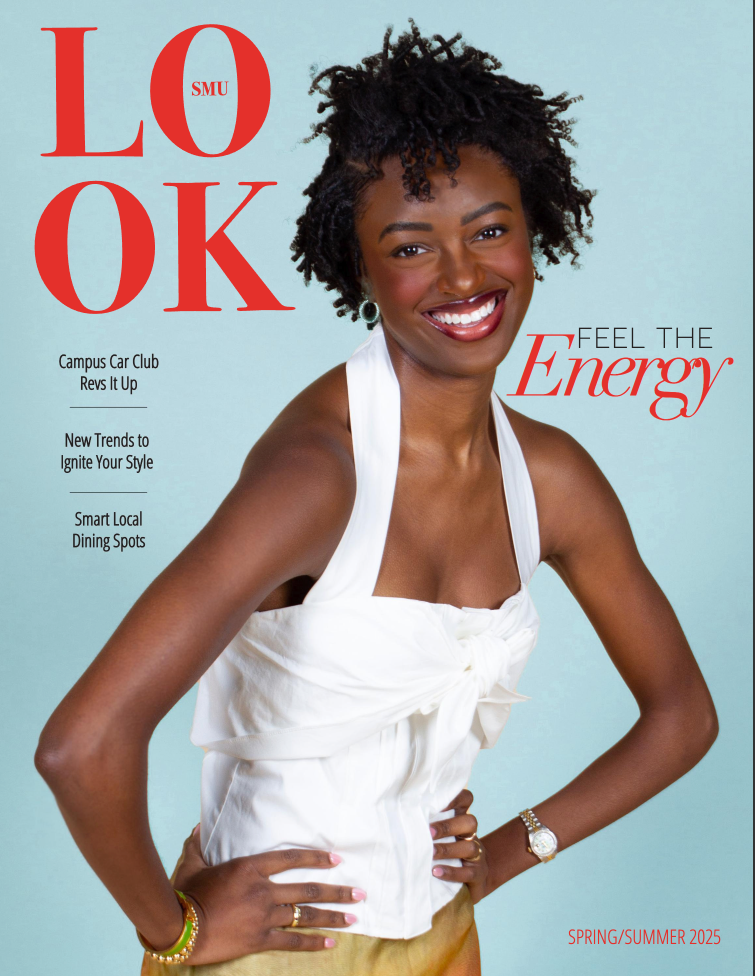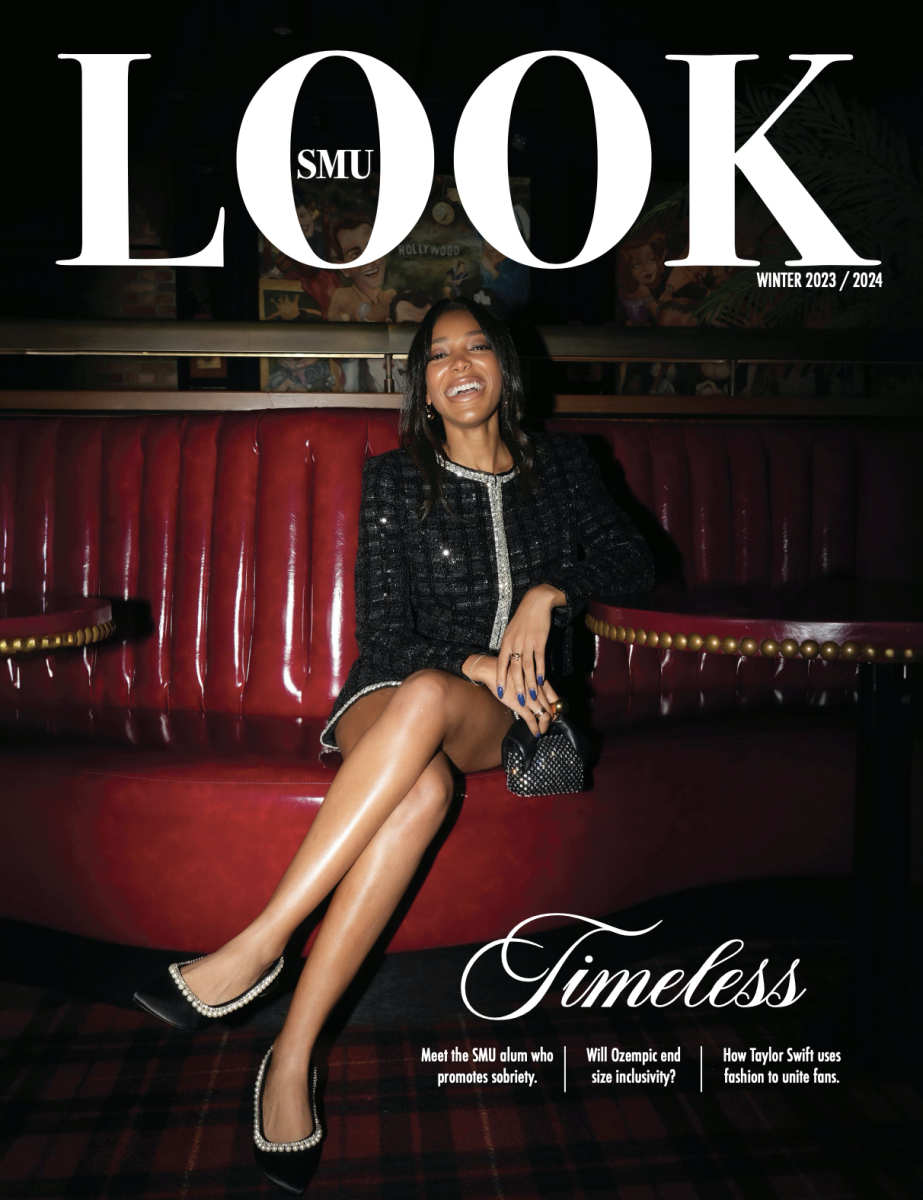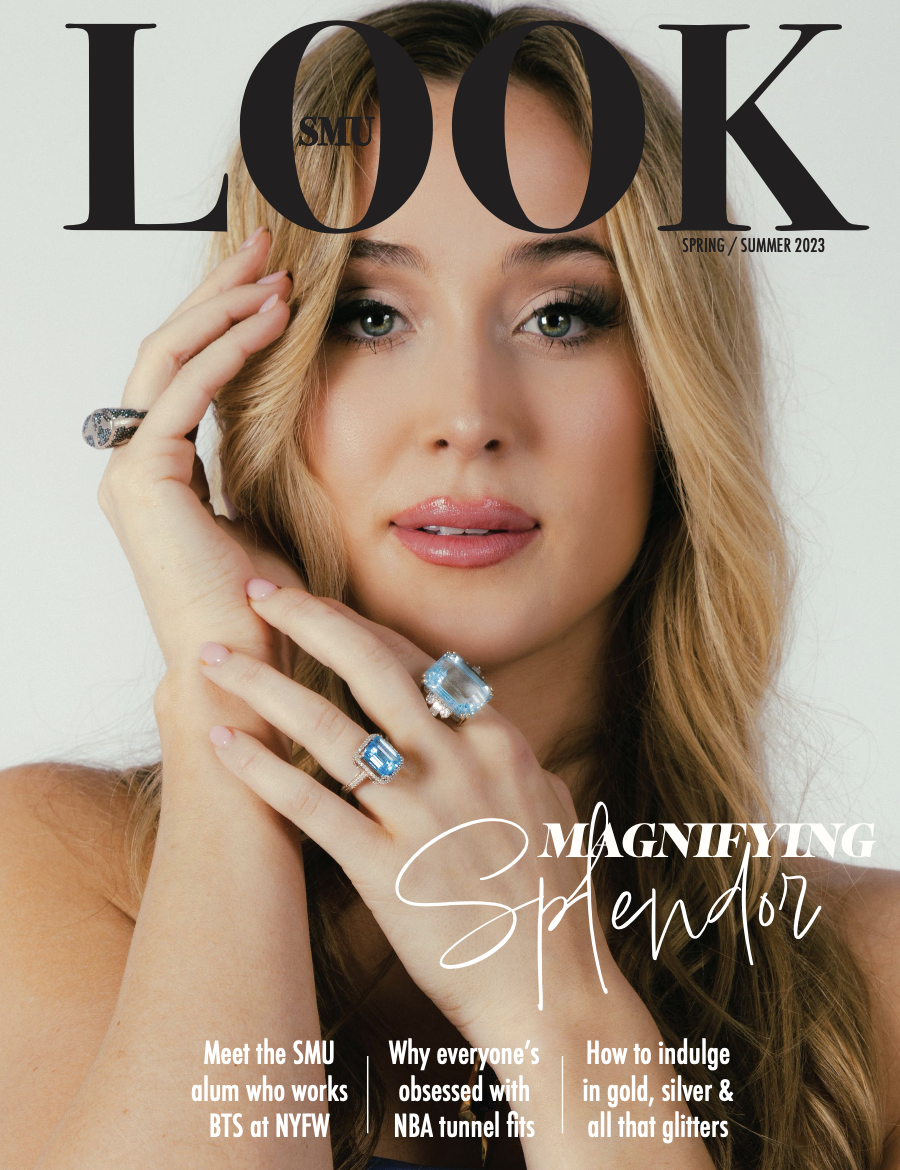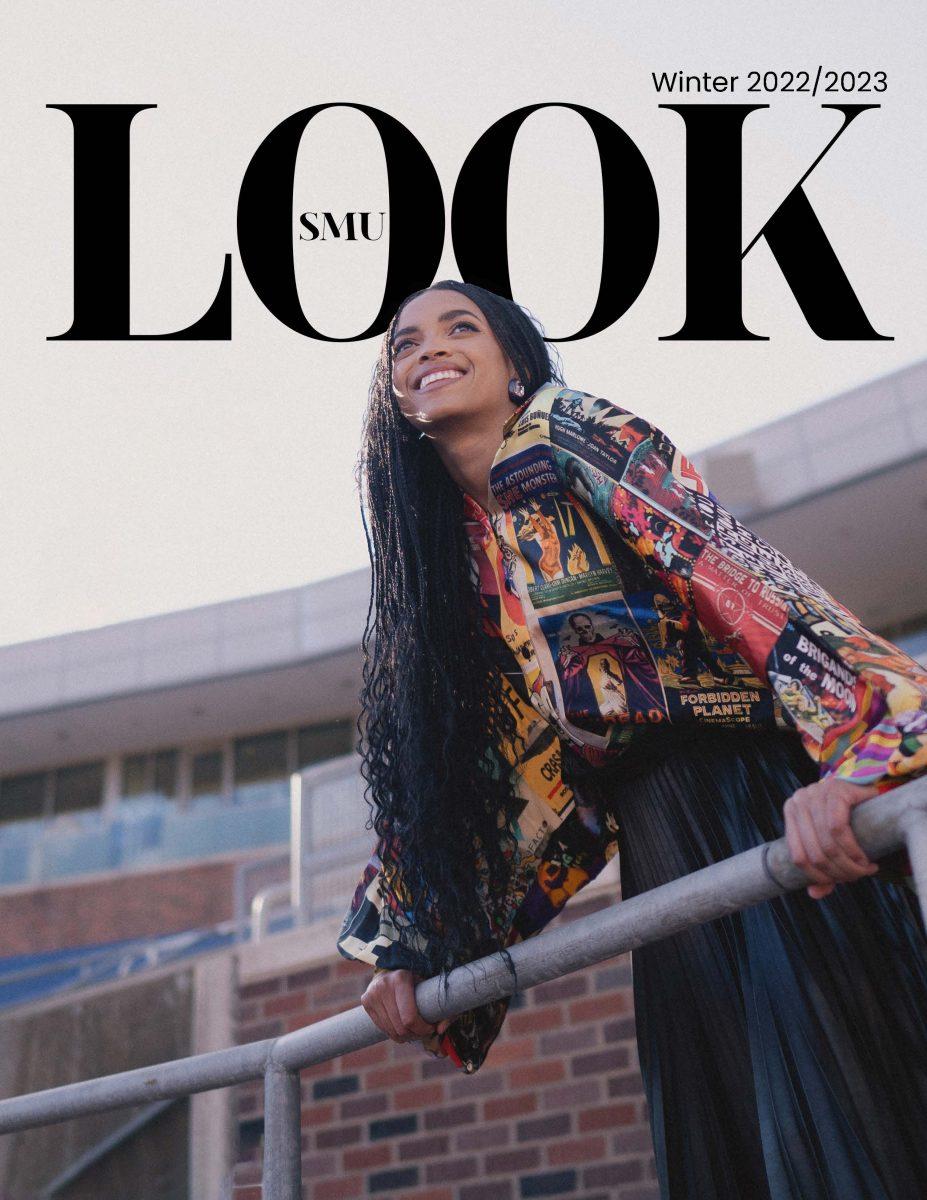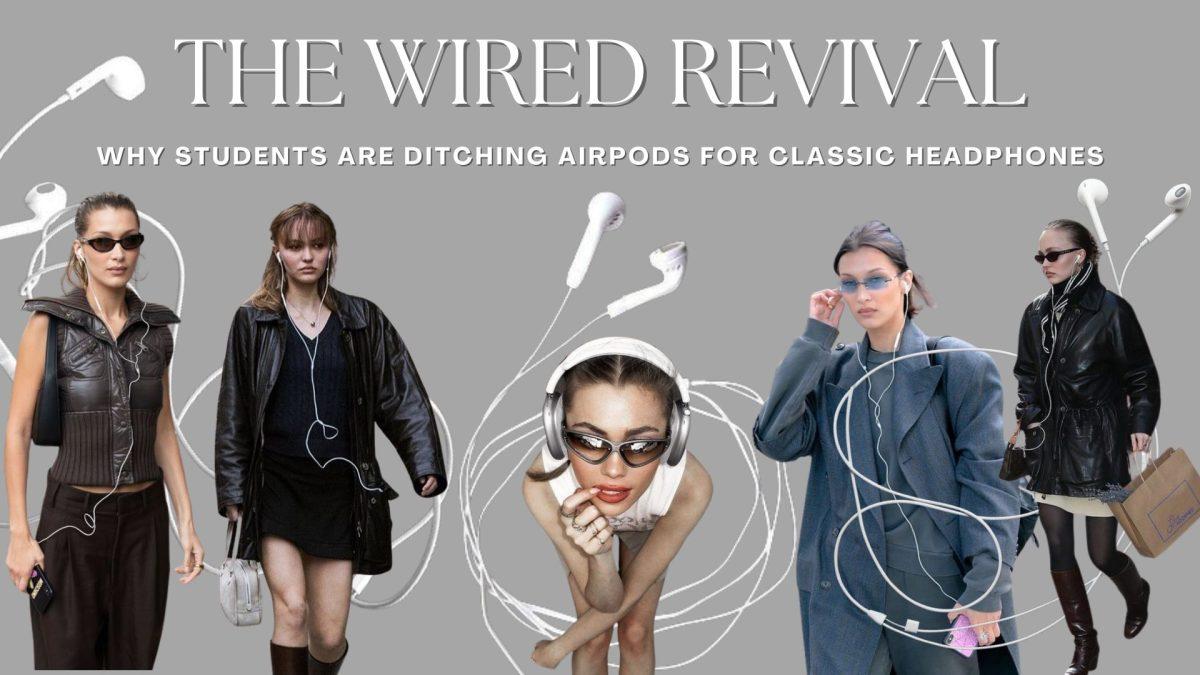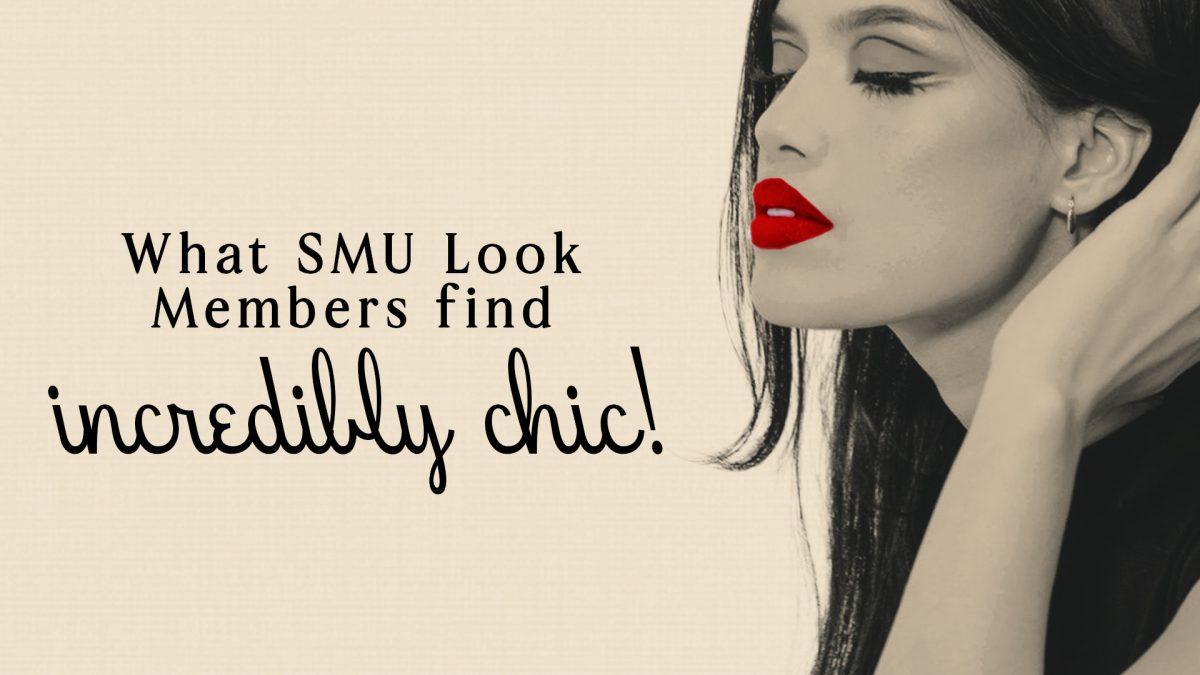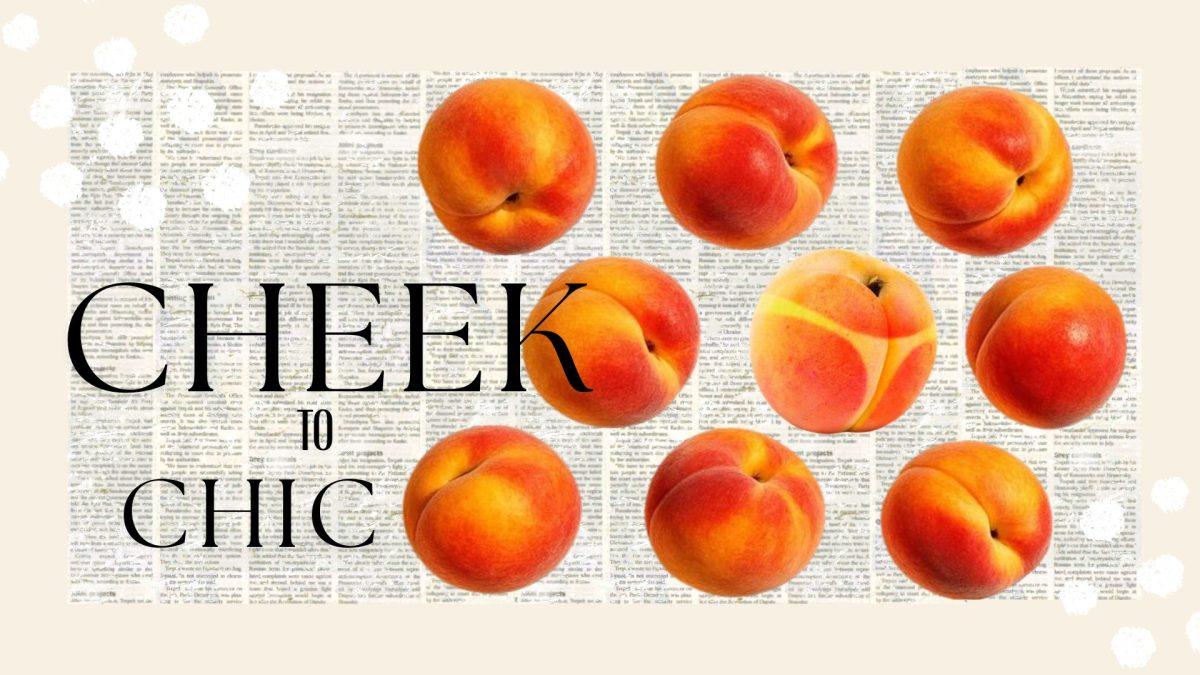We’ve all been there — you see something cute online, click order, wear it once, and suddenly it’s everywhere. By the time you wear it once, it feels overdone. The piece gets shoved to the back of your closet until your next yearly clean-out. Chances are, you just fell into a micro-trend. Especially as college students, we always want the next big thing, or a new outfit to wear on a night out.
Trend Bible defines a micro trend as “a niche or industry-specific consumer behavioral trend which is mass market ready and actionable.” With social media driving exposure and two-day shipping making access instant, it’s easier than ever to get swept up in the cycle. The downside: If you try to keep up with all of them, you end up feeling like you’re constantly behind.
Take cheetah print, for example. Remember summer and fall 2024? Everything was cheetah print — pants, bags, tops, shoes. Fast forward just one year, and most of those pieces have disappeared into donation bins.
This is where it helps to distinguish between micro trends and macro trends. While micro trends are short-lived, macro trends reflect bigger cultural shifts and stick around longer. A macro trend is “a pervasive and persistent shift in the direction of some phenomenon on a global level,”(sisterMAG). In fashion, these are things like jean silhouettes, dominant color palettes, or footwear styles. They’re not just a top or a print — they define an era. Even just hearing the word “bell bottom” probably takes your mind straight to the 70s.
One example of a macro trend is the color brown. From purses to basics, brown has been everywhere in recent years. The shade has always existed, but it had a major resurgence around 2021. Unlike the cheetah print craze, brown has proven itself versatile and lasting — a true staple instead of a one-season wonder.
Of course, some people don’t mind the cycle: buy what’s cute, wear it for a season, donate, repeat. But for others, it feels exhausting — constantly purchasing and purging. If you’re like me, you are the latter. The big question becomes: How do we know what’s going to stick?
The first step is to check in with yourself. Look at your closet. Does the trend actually align with your personal style, or does it just feel appealing because it’s “in?” With influencers, this question gets even trickier: Do you like the item itself, or do you like who is wearing it? I’ve fallen for this plenty of times. It’s tempting to buy something just because it looks amazing on someone else, but without that reflection, the piece is likely to end up in your donation pile.
Another way to spot micro trends is to watch what fast-fashion brands are doing. If Zara, Princess Polly or Shein are suddenly churning out dozens of nearly identical versions of the same style, chances are it’s a fad. A recent example is the Doen “Iona shorts, ” which have already taken SMU’s campus by storm. Everyone was obsessed with them for a few weeks. Currently, Zara’s website is full of lace-trimmed shorts that look nearly identical. When a design is mass-produced that quickly, it’s usually a sign the trend won’t have staying power.
At the end of the day, trends are part of fashion’s DNA. There will always be a new “it item” each season. The real challenge — and the real fun — is choosing which ones are worth it for you. Fashion should feel personal, sustainable and, most of all, empowering. If a piece makes you feel stylish and confident, then it has already outlasted the trend cycle. Next time you place an order, pause and ask yourself: will this end up in the donation pile by the end of the semester, or is it a forever piece?



